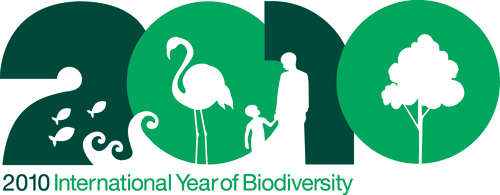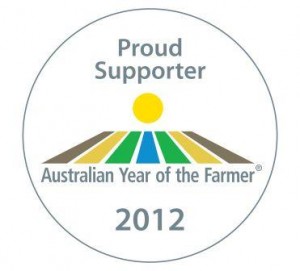This page looks at the possible Science content of simple stories that may be read or told to children. It uses the example of ‘Farm animals’ with possible Science learnings from ‘Mary had a little lamb’ and a table for assessing books on this theme for what Science they do contain, leaving gaps to be added to from other resources. The table could be used by children assessing their own books or in preparation for writing their own Science- based story such as in the Science Talent Search competitions.
Finding Science in Story Books
As parents, we teach our children Science from an early age we share stories with them orally and in books. Have you ever thought about yourself as a Science teacher?
Consider a really simple example “Mary had a little lamb” in a picture story book or as a poetry page. (If you don’t have a book with it, you might want to look on the web for it. There is quite a lot listed – be careful as some are not nursery rhymes . I liked this webpage best for the image that went with the full wording of the poem http://homeschooling.about.com/od/langearlyread/ss/Mary-Had-A-Little-Lamb-Craft-And-Coloring-Pages.htm
There is a You-tube cartoon, but it’s images didn’t convey the essence of this being a traditional poem. The website http://www.rhymes.org.uk/mary_had_a_little_lamb.htm dates the poem from 1830 and says it was the first words ever recorded – by Thomas Edison.
What can it be used to teach children about farm animals, especially when there is a drawing with it? Firstly what is there, and then extend on it, so this could cover:
- lambs are baby sheep
- they have four legs
- they have tails
- their colour is white
- their skin covering is fleece ( wool)
- they are mammals (drink milk from their ewe mother’s when young)
- if orphaned, they follow who/whatever feeds them milk
- so lambs make good pets!
- they are active young animals
- ….. and farmers grow them for their fleece and their meat
Using this idea, I’d like to encourage you to check out what Science is being taught in picture story books with your young readers.
The table below is set up for farm animals, but you could create one for other Science topics. Use only the words or pictures in the book to see what science facts it teaches, then at the end you will have a guide to what you need to add on to cover the topic well.
Table to identify Science in Farm Animal Stories
| Story/poem name ………………………………………………………………Animal type …………………..……. | |||
| Circle and fill in the facts in this book’s words and pictures | |||
| Legs | 2 (biped) | 4 (quadruped) | none |
| Tail | long | short | none |
| Horns | long | short | none |
| Body cover | feathers | wool | hide |
| Size | small | medium | large |
| Baby food | grain | milk | inside egg |
| Its food | plants | animals | in egg |
| Name foods | |||
| Our uses | Food | fabric | pet |
| Other facts | |||
This is a printer friendly version of this page finding science in story books
This activity could be used as an education activity for the Australian Year of the Farmer and for the United Nations Decade of Biodiversity.
move onto one of the three groups of book resources or
return to Read4Nature section main page
Page updated 5 Feb 2013
supporter of
 ,
,  and
and 
